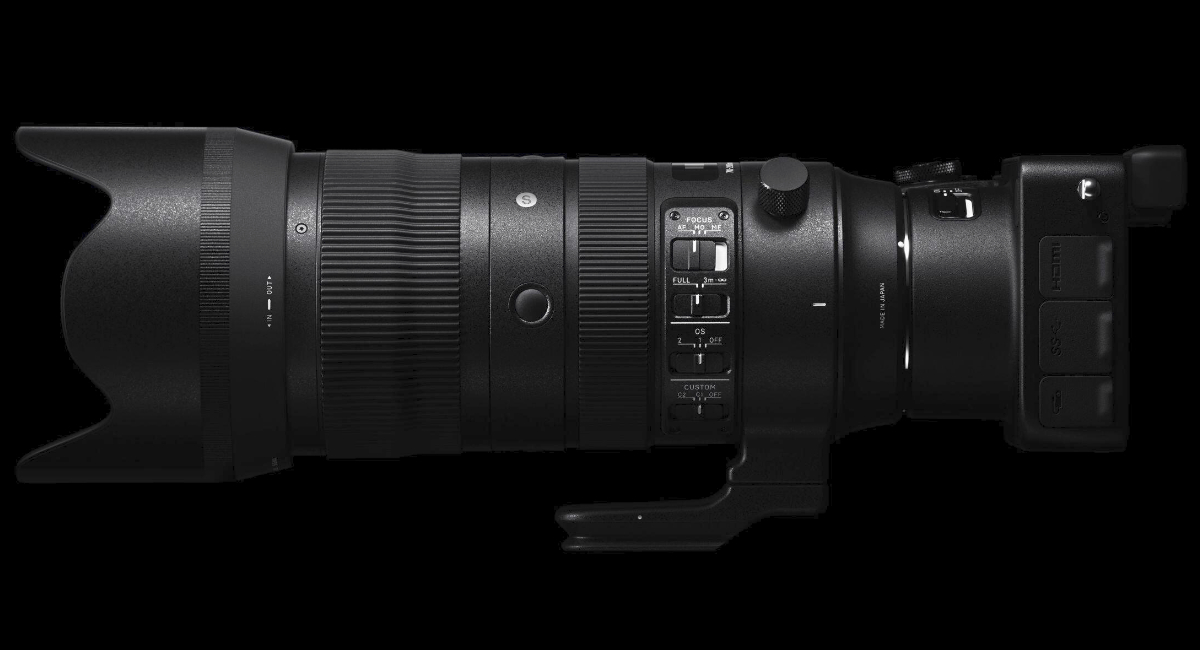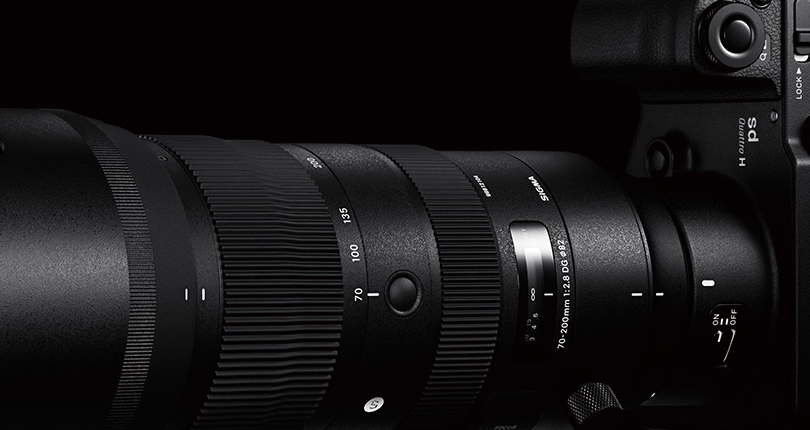
When it comes to camera lenses, 70-200mm f/ 2.8 zooms are perennially popular. They combine a useful range of telephoto focal lengths with a fast and constant aperture rating, making them highly versatile. The Sigma Sports zoom is the newest lens on the block and, compared with its long-standing predecessor, it features sweeping changes in every aspect of its design.
Elements/ Groups 24/ 22 Diaphragm 11 blades
Optical stabiliser 2 modes, 4 stops Autofocus type Ultrasonic (ring)
Min focus distance 1.2m Max magnification 0.21x
Mount Canon EF, Nikon FX, Sigma Filter size 82mm
Dimensions 94 x 203mm Weight 1,805g

Launched back in 2010, Sigma’s 70-200mm lens has been a popular budget option for nearly a decade. It was a capable performer but lacked any weather-seals. The new Sports edition isn’t just a revamp, it’s a completely new design that’s better in every way. Its fully pro-grade build quality is based on a magnesium alloy barrel and brass mounting plate, complete with comprehensive weather-seals and fluorine coatings on the front and rear elements. The new optical layout includes nine top-grade FLD (fluorite low dispersion) elements and an SLD (special low dispersion) element.
The aperture is electromagnetically controlled in both the Canon and Nikon mount editions of the lens, and the diaphragm is particularly well-rounded, based on 11 rather than the more usual nine blades (the own-brand Canon lens only has eight). Extensive controls include three AF-hold buttons, which are entirely absent on the Canon and Tamron lenses. They can be switched to an AF-on function via camera menus in the Canon-mount edition. To do this with the Nikon-mount version, you’ll need Sigma’s optional USB dock. Switches are on hand for auto/ manual priority autofocus, static/ panning stabilisation, an autofocus range limiter and two Custom modes, which you can set up with the USB dock.

While there are only two directly switchable stabilisation modes, you can increase or decrease the visibility of stabilisation in the viewfinder, using the Custom mode setups. Decreasing it makes stabilisation more similar to the Nikon Sport VR and the Tamron’s third mode. You can also customise the distance at which the autofocus range limiter works, change the autofocus speed between fast, standard or smooth, and fine- tune autofocus distance settings.
Image quality is spectacular, matching the Nikon for sharpness and contrast throughout the zoom range, even wide-open at f/ 2.8. Stabilisation isn’t quite as effective compared to the Tamron for static shots but performs rather better when panning. The only real negative point is that the Sigma is a little larger and heavier than others on test, and you can’t completely remove the tripod mounting ring to save space. Only the foot can be detached, after removing four Allen screws, which still leaves a protruding stud.



